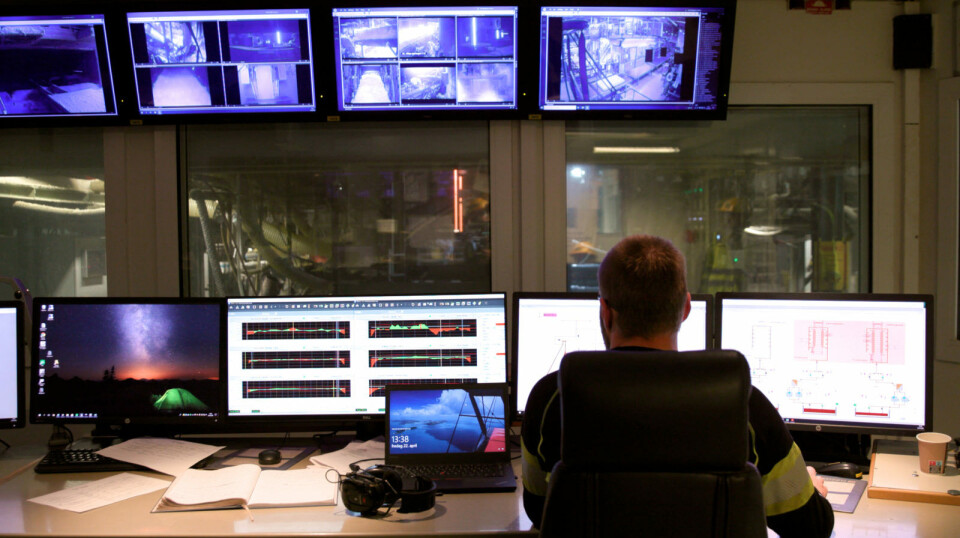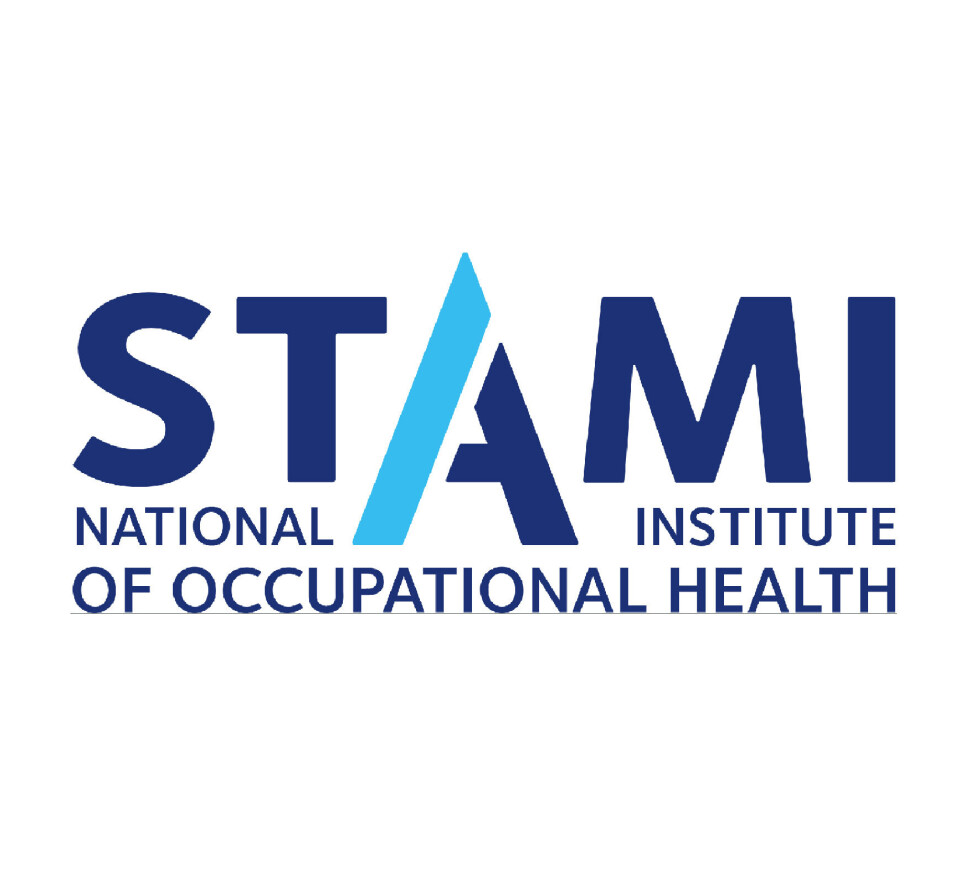THIS ARTICLE/PRESS RELEASE IS PAID FOR AND PRESENTED BY stami - National Institute of Occupational Health IN norway - READ MORE

Does shift work increase the risk of cardiovascular disease?
To learn more about the underlying mechanisms, researchers have followed industrial workers over the span of several years.
The National Institute of Occupational Health in Norway (STAMI) has studied risk factors for cardiovascular disease in industrial shift workers rotating between day, afternoon/evening, and night shifts and compared them to industrial day workers. The project started in 2018 and will continue until 2024.
The project has followed industrial workers from two different industrial plants in Østfold county, in southeastern Norway. One group worked rotating shifts including night shifts, the other worked day shifts.
“Our study shows that working rotating shifts which includes night work, compared to day work, is associated with arterial stiffening – a known risk factor for future cardiovascular disease. We also found some support for an association between rotating shift work and systemic inflammation,” Marit Skogstad says. She is a senior physician, research professor, and project manager.
Arterial stiffening is a thickening and stiffening of the arterial wall, and one of the earliest manifestations of cardiovascular disease, independent of high blood pressure.
New methods
Several previous studies indicate an association between cumulative years of rotating shift work and the increase in cardiovascular risk factors.
Assumed underlying mechanisms include high blood pressure, increased inflammation, obesity, diabetes, and low levels of physical activity.
This project applies new and advanced methods to reveal effects on the cardiovascular system. Earlier studies have primarily been based on registry data. In this study, however, the researchers have collected biological samples from employees close to or in their regular working environment.
The aim is to assess changes in cardiovascular risk factors during a six-year follow-up period.
“We are looking for early markers for cardiovascular disease. This is done by examining the carotid artery, measuring blood pressure, arterial stiffness by the means of pulse wave velocity, maximal oxygen uptake as a measure of cardiorespiratory fitness, glycosylated haemoglobin, lipids such as cholesterol, and inflammatory markers in the blood,” Skogstad says.
Humans are active during daytime
The reason why night shifts may increase the risk for cardiovascular disease could be that humans are active during daytime, according to the researchers.
Thus, staying awake during the night will interfere with our circadian rhythm (our internal biological clocks). This disturbance will affect almost every cell, organ, and bodily function.
“Disrupted circadian rhythms may explain the elevated risk of cardiovascular disease. Sleep deficits are associated with more low-grade inflammation in the body. Our studies suggest that shift work including night work may also be associated with increased thickening of the carotid artery,” Skogstad explains.
When examining the development over a three-year period, the researchers found more arterial stiffening in the shift workers than in the day workers.
"The shift workers also had higher levels of certain inflammation markers in their blood than the day workers had,” Skogstad says.
Positive effects of more sleep and more physical activity
One of the project’s sub-studies showed that a five-month cessation of shift work led to a reversal in arterial stiffness.
The researchers also found that the sleep duration in the five-week shift period had an impact: Workers with short sleep duration had higher blood pressure and more arterial stiffening than those with longer sleep duration.
Another sub-study examined the effects of changing the shift schedule by reducing the number of consecutive night shifts from seven to four.
During a 12-week period, the total number of night shifts was reduced from 17 to 14 in one of the factories.
Surprisingly, the researchers found no difference in arterial stiffness when comparing the measurements from these workers to those from the other factory the last year of follow-up.
In the last sub-study, Skogstad and colleagues studied the effect of physical activity on arterial stiffness and inflammatory markers in the blood of shift workers.
The researchers compared measurements from a group of workers who did high-intensity training for 17 minutes, three times a week, during an eight-week period, with samples from a control group who did not work out regularly.
The results indicated a decrease in cardiovascular risk factors in the group who participated in the exercise program.
Offers a partial explanation
Skogstad says the findings in this project offer a partial explanation to why shift workers have a higher risk of developing cardiovascular diseases than their peers in the same industry.
However, there are also other factors that may have an influence on early manifestations of cardiovascular disease. For instance, in industrial plants, the workers will be exposed to dust.
“Dust assessment is important because a long duration and high-level exposure to respirable particulate matter is regarded as a potential threat to vascular health,” Skogstad explains.
The industrial plants examined in this project produced insulation material, which meant that the workers were exposed to particulate matter.
The researchers did dust measurements in both plants, including size and number of particles. They concluded that the level of dust can be compared to the level in regular city air.
Important knowledge
The researcher emphasises that these findings do not mean that working rotating shifts will invariably lead to cardiovascular disease.
“Even with this new knowledge, it’s important to remember that in industry there are other possible risk factors for cardiovascular disease as well. We cannot rule out a connection between cardiovascular disease and other kinds of adverse exposure in the working environment. Self-reported physical activity may also be somewhat biased,” Skogstad points out.
Nevertheless, the project has yielded new and interesting findings that can clarify which exposures in the working environment could affect workers' health.
"The project has given us new knowledge of the association between long-time exposure to rotating shift work including working at night, and future risk for cardiovascular disease,” Skogstad concludes.
References:
Matre et al. Sleep Duration, Number of Awakenings and Arterial Stiffness in Industrial Shift Workers: A Five-Week Follow-Up Study, International Journal of Environmental Research and Public Health, vol. 19, 2022. DOI: 10.3390/ijerph19041964
Skogstad et al. A Cease in Shift Work Reverses Arterial Stiffness but Increases Weight and Glycosylated Hemoglobin. A 5-Month Follow-Up in Industry, Journal of Cardiovascular Development and Disease, vol. 9, 2022. DOI: 10.3390/jcdd9060190
Skogstad et al. Influence of Shift Work on Arterial Stiffness and Systemic Inflammation. A 3-Year Follow-Up Study in Industry, Journal of Occupational and Environmental Medicine, 2023. DOI: 10.1097/JOM.0000000000002779
Skogstad et al. The Prolonged Effect of Shift Work and the Impact of Reducing the Number of Nightshifts on Arterial Stiffness—A 4-Year Follow-Up Study, Journal of Cardiovascular Development and Disease, vol. 10, 2023. DOI: 10.3390/jcdd10020070
Skogstad et al. Shift Work Including Night Work and Long Working Hours in Industrial Plants Increases the Risk of Atherosclerosis, International Journal of Environmental Research and Public Health, vol. 16, 2019. DOI: 10.3390/ijerph16030521
See more content from STAMI:
-
Technical issues at work may increase the risk of sick leave
-
This is what we now know about working from home
-
Why many may struggle with tying shoelaces or buttoning shirts
-
Cellular offices contribute to job control
-
More people develop allergies to common preservative in makeup and household products
-
Are some employees better equipped to defend themselves against workplace bullying than others?





































